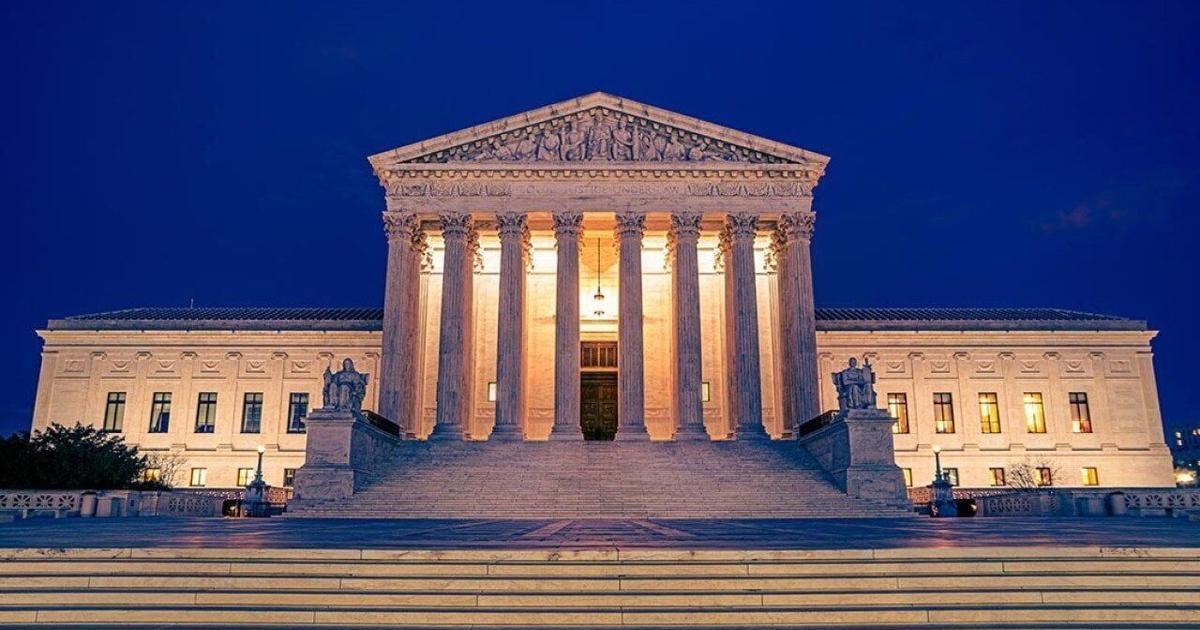Politics
Supreme Court’s Rightward Shift Raises Concerns for Democracy

The U.S. Supreme Court, under Chief Justice John Roberts, is increasingly perceived as favoring right-leaning policy outcomes, raising alarms about potential threats to democratic norms. Recent decisions, particularly those made through the so-called “shadow docket,” reveal a pattern of prioritizing political interests over established legal precedents. This trend is evident in multiple cases that have favored the Trump administration, suggesting a significant shift in the court’s approach to jurisprudence.
In the summer of 2023, the Supreme Court issued several emergency orders that consistently aligned with the Trump administration’s goals. This included allowing the Department of Education’s dismantlement in the case of McMahon v. New York and permitting the government to deport immigrants to third countries without regard for international human rights obligations in DHS v. D.V.D.. Such actions signal a departure from traditional judicial restraint, as the court actively intervenes in contentious policy areas.
The court has also taken steps to weaken long-standing legal protections. In Trump v. Slaughter, it effectively overturned nearly a century of precedent regarding the president’s authority over congressional agencies. Additionally, in Department of State v. Aids Vaccine Advocacy Coalition, the justices ruled that the administration could withhold federally appropriated funds, undermining Congress’s power of the purse. These rulings, which would have seemed radical just a few years ago, are now commonplace, suggesting a marked acceleration in the court’s rightward trajectory.
Looking ahead, the Supreme Court’s upcoming term, beginning on October 6, 2023, presents further opportunities for significant changes. The court is set to hear cases that could dismantle key components of the Voting Rights Act of 1965. In Callais v. Louisiana, the court may strike down Section 2, which prohibits racial discrimination in voting map creation. Furthermore, in NRSC v. FEC, the justices might reconsider a ruling that limits financial coordination between candidates and political parties, potentially opening the floodgates for unlimited special interest money in elections.
The court will also address cases related to LGBTQ+ rights, including Little v. Hecox, which seeks to ban transgender students from collegiate sports, and West Virginia v. B.P.J., which targets similar restrictions at the high school level. These cases are significant not only for the individuals involved but also for the broader social implications. Data from the NCAA indicates that fewer than 10 transgender athletes compete at the college level out of 500,000, while UCLA Law School research shows that transgender students represent only 1% of the eight million high school athletes in the U.S.
A ruling favoring bans on transgender participation in sports could energize anti-trans movements across the country. Additionally, challenges to conversion therapy bans could have dire consequences for individuals subjected to such practices, which are linked to severe mental health issues such as depression and suicidal ideation.
Justice Clarence Thomas has recently indicated a willingness to overturn established precedents, suggesting that the court may reconsider landmark decisions like Obergefell v. Hodges, which legalized same-sex marriage nationwide. The growing assertiveness of the Roberts Court raises questions about its commitment to impartiality and the preservation of democratic principles.
As the Supreme Court continues to issue rulings that align with specific political ideologies, concerns mount regarding the erosion of the judicial system’s legitimacy. With each passing week, the court’s decisions reflect a deliberate strategy to reshape American legal frameworks, prompting widespread apprehension about the future of civil rights and democratic governance. Observers will be closely watching how these cases unfold in the coming term, as the implications could shape the landscape of American society for years to come.
-

 Lifestyle3 months ago
Lifestyle3 months agoLibraries Challenge Rising E-Book Costs Amid Growing Demand
-

 Sports3 months ago
Sports3 months agoTyreek Hill Responds to Tua Tagovailoa’s Comments on Team Dynamics
-

 Sports3 months ago
Sports3 months agoLiverpool Secures Agreement to Sign Young Striker Will Wright
-

 Lifestyle3 months ago
Lifestyle3 months agoSave Your Split Tomatoes: Expert Tips for Gardeners
-

 Lifestyle3 months ago
Lifestyle3 months agoPrincess Beatrice’s Daughter Athena Joins Siblings at London Parade
-

 World3 months ago
World3 months agoWinter Storms Lash New South Wales with Snow, Flood Risks
-

 Science3 months ago
Science3 months agoTrump Administration Moves to Repeal Key Climate Regulation
-

 Business3 months ago
Business3 months agoSoFi Technologies Shares Slip 2% Following Insider Stock Sale
-

 Science3 months ago
Science3 months agoNew Tool Reveals Link Between Horse Coat Condition and Parasites
-

 Science2 months ago
Science2 months agoSan Francisco Hosts Unique Contest to Identify “Performative Males”
-

 Sports3 months ago
Sports3 months agoElon Musk Sculpture Travels From Utah to Yosemite National Park
-

 Science3 months ago
Science3 months agoNew Study Confirms Humans Transported Stonehenge Bluestones








